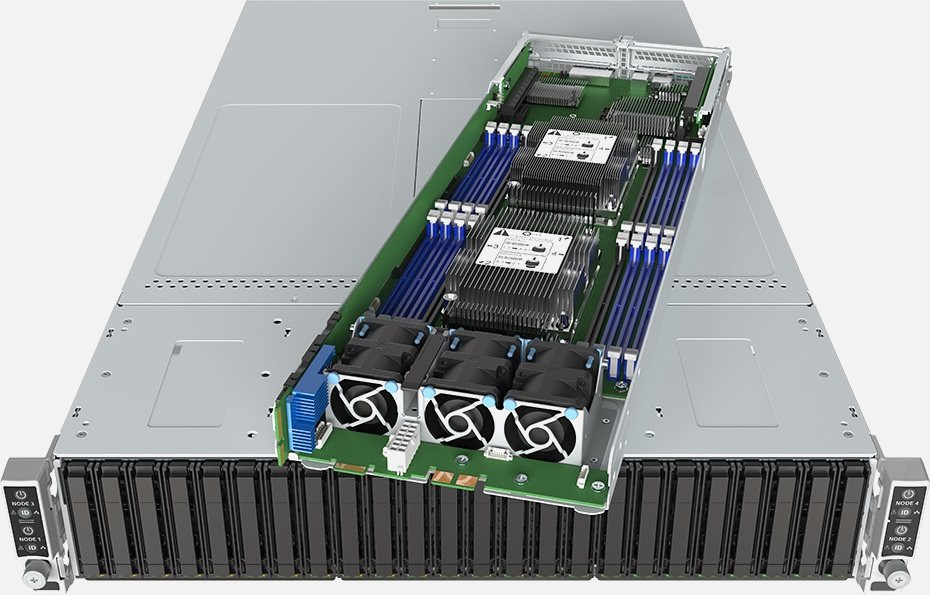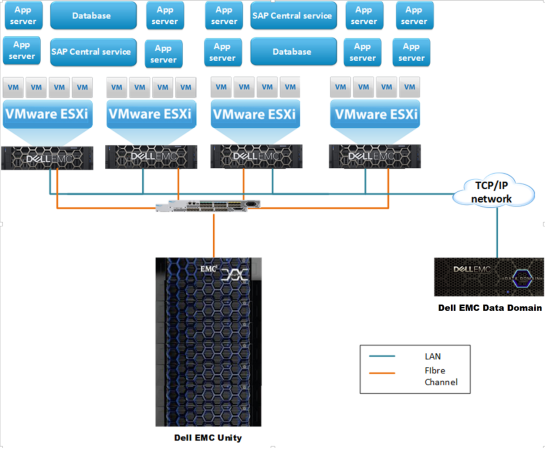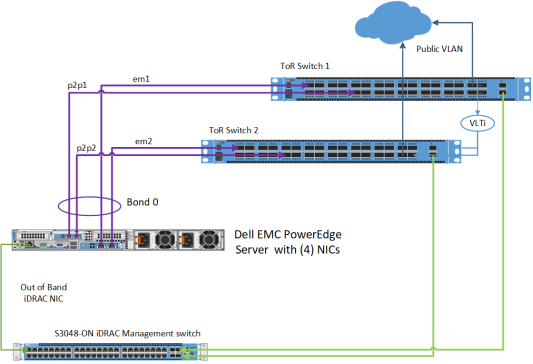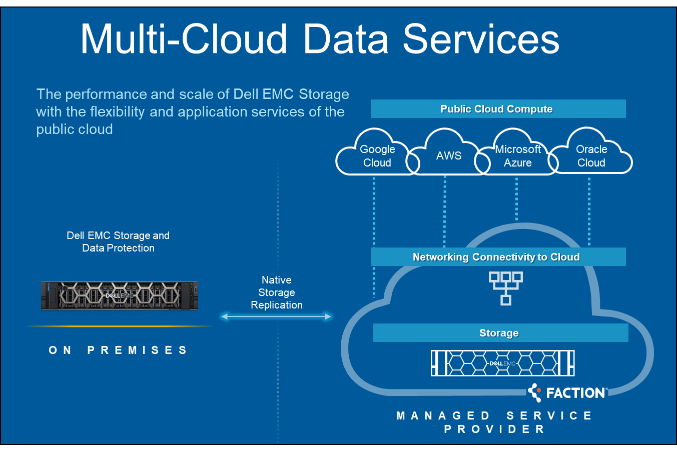An enclosed system has two or more servers working in a collaboration that may or may not share the same power supply.
Computing has a critical part to play in today’s technological achievements. Intel has been a catalyst in global computing, and its latest innovation in multinode server systems has opened new possibilities to handle and solve complex and intense workloads.
The latest multi-node servers by intel are more secure and powerful, and the processors are known to outperform other competitors. With low latency, enhanced RAM, and storage, these servers offer seamless networking and are undoubtedly dependable. Let’s have a look at the available models:
1. Intel® Server System D50TNP Family:
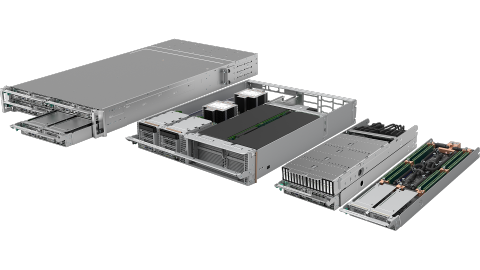
This multi-node server system claims limitless AI possibilities and promises a flexible yet powerful HPC platform. Intel assures versatility with this device and its performance and capacity, which are extraordinary. This system has four modules specifically to manage, store, compute and accelerate, making it a heavily reliable machine system. 3rd Gen Intel Xeon scalable processors deliver the processing power. These processors are had more than 40% improved performance than their previous generation. This ensures they stand true to their claims. These systems can be further amplified with up to 4 PCIe accretor cards of 300W each. The storage has been made super-efficient and can store up to 1PB of data in a chassis box of a single 2U.
2. Intel® Server System D40AMP Family

These server systems have the most recent data center technology by intel inside it, which comes optimized, so it works in tandem with the system. This model of system servers uses data center technology to reduce the complexity of the intensive process. This is a tremendous help in tackling the demands of current data workloads. This system server is powered by the innovative 3rd gen processor of the Intel Xeon Scalable series. Boosted by Intel Optane memory, these dual-socket systems outperform typical DRAMs. Their new design promotes better airflow, and they maintain uncompromised CPU performance. The 4th generation PCIe facilitates swift data movement across nodes. Moreover, these systems come certified for HCL solutions. These are also very efficient when it comes to deployments of hybrid or private cloud systems.
3. Intel® Server System S9200WK
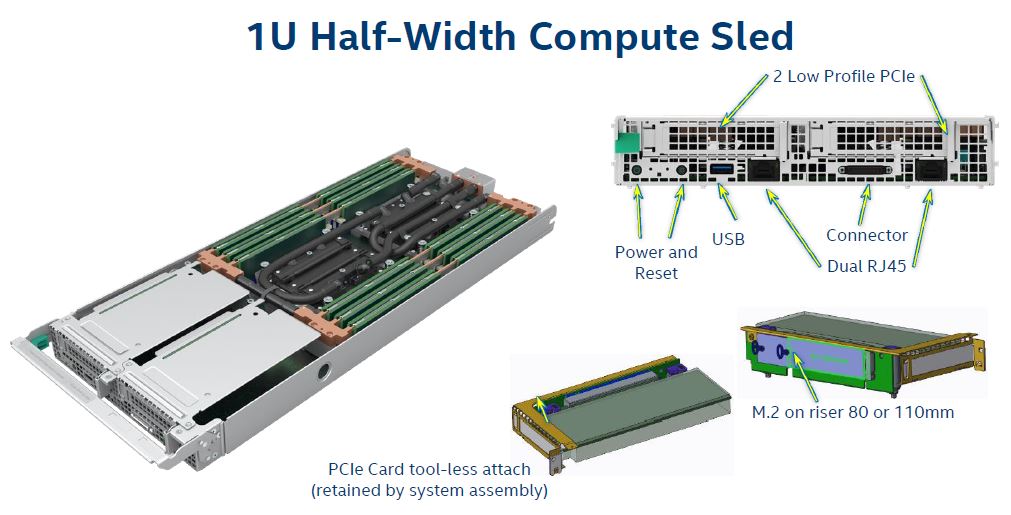
These server systems come in handy for applications using Artificial Intelligence and computing demanding high performance. People consider these systems as purpose-built data center blocks designed to deliver top-notch performance. These come with intel’s processors having the highest core count, the Intel Xeon Platinum series of processors, second generation. These systems can host up to twelve memory sticks per CPU, and up to twenty-four sticks can power every commute model. Unlike other systems, these come empowered with the deep learning abilities from Intel. These are particularly helpful in data analytics. You can boost these systems with their multi-chip advantage if the workload demands more power. The single-chassis system can hold more than one compute module. High-performance workloads require around 350W to 400W TDP depending upon the liquid-cooled or non-liquid cool versions.
4. Intel® Server System S2600BPR Family Server System
These rack-optimized systems are ideal for storage, data analytics, and hyper-converged HPC applications. They run on a 2nd Generation Intel® Xeon® Scalable processor and offer added drop-in compatibility. The system supports Intel® Optane™ DC memory which is heavily persistent. This memory can reach a speed of 2933 MT/s. The systems also have instructions for vector neural networks, and this is because of the deep learning support from Intel.
These systems help in packet filtering and faster switching and help eliminate the overhead of TCP/IP with its RDMA and integrated ethernet supporting 10G bandwidth. It helps in offloading to NIC the transport. These systems are also adept at handling critical workloads—functions of pubic key, authentication, and decompression.
Intel® QuickAssist Technology, which is seamlessly integrated, achieves compression and is essential for freeing the CPU from redundant cycles. To tackle the issue of latency in large or medium clusters, Intel has integrated Intel® Omni-Path Architecture, which helps deliver up to 100Gbps bandwidth. These systems are helpful if you require Real-time computing. We’ve particularly designed these systems to enhance cloud infrastructure.
While deciding on which server would serve you best, it is best to be clear about your expectations and demands. A little internet research may go a long way to help you understand your requirement. We also advise considering the long-term perspective, as this system is pivotal for everyone’s advancement.
FAQs
1. What is an Intel Multi-Node Server?
An Intel Multi-Node Server is a server system designed to host multiple independent server nodes within a single physical enclosure or chassis. These nodes can operate autonomously or collaborate to perform various computing tasks, offering scalability and flexibility in data center deployments.
2. What are the key features of an Intel Multi-Node Server?
Intel Multi-Node Servers typically feature multiple server nodes, each equipped with one or more Intel Xeon Scalable processors, ECC memory support, storage options such as SATA, SAS, or NVMe SSDs, integrated networking interfaces, and support for virtualization technologies and high-speed interconnects.
3. What are the advantages of using an Intel Multi-Node Server?
Some advantages include higher compute density compared to traditional single-node servers, improved resource utilization, reduced power consumption per workload, simplified cabling and networking infrastructure, and the ability to scale computing resources horizontally by adding additional nodes.
4. What types of workloads are suitable for an Intel Multi-Node Server?
Intel Multi-Node Servers are suitable for various workloads, including cloud computing, virtualization, high-performance computing (HPC), distributed storage systems, content delivery networks (CDNs), and software-defined infrastructure applications requiring scalability and agility.
5. How are resources shared or partitioned among nodes in an Intel Multi-Node Server?
Resources in an Intel Multi-Node Server can be shared among nodes using virtualization technologies such as VMware vSphere, Microsoft Hyper-V, or Linux-based solutions like KVM. Alternatively, resources can be partitioned using software-defined infrastructure frameworks to allocate specific resources to each node based on workload requirements.
6. Can an Intel Multi-Node Server be configured for high availability or redundancy?
Yes, Intel Multi-Node Servers often support features like redundant power supplies, hot-swappable components, and hardware-level fault tolerance mechanisms to ensure high availability. Additionally, clustering and failover technologies can be implemented at the software level to further enhance reliability.
7. How does an Intel Multi-Node Server differ from a traditional server cluster?
Unlike traditional server clusters composed of independent servers connected via a network, an Intel Multi-Node Server integrates multiple server nodes into a single physical enclosure. This design choice offers advantages such as reduced space and power consumption, simplified management, and improved inter-node communication performance.

